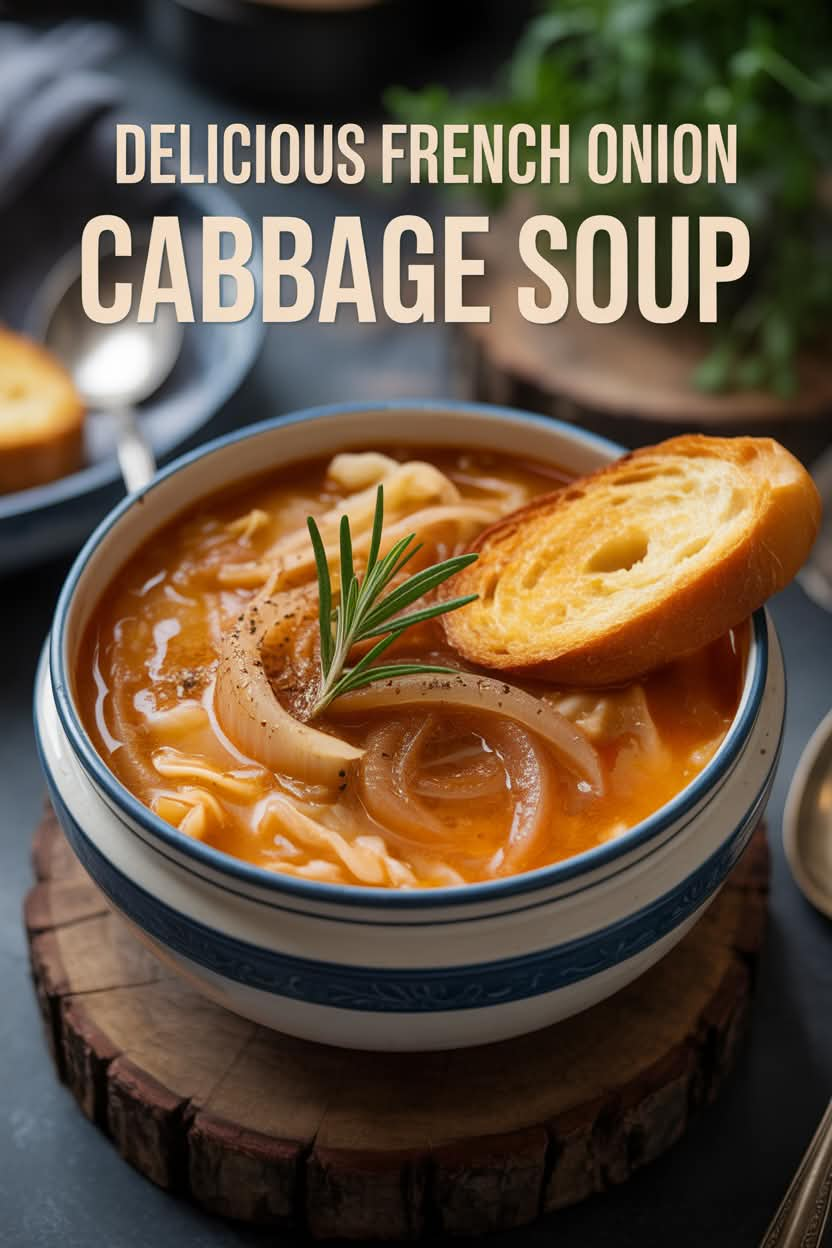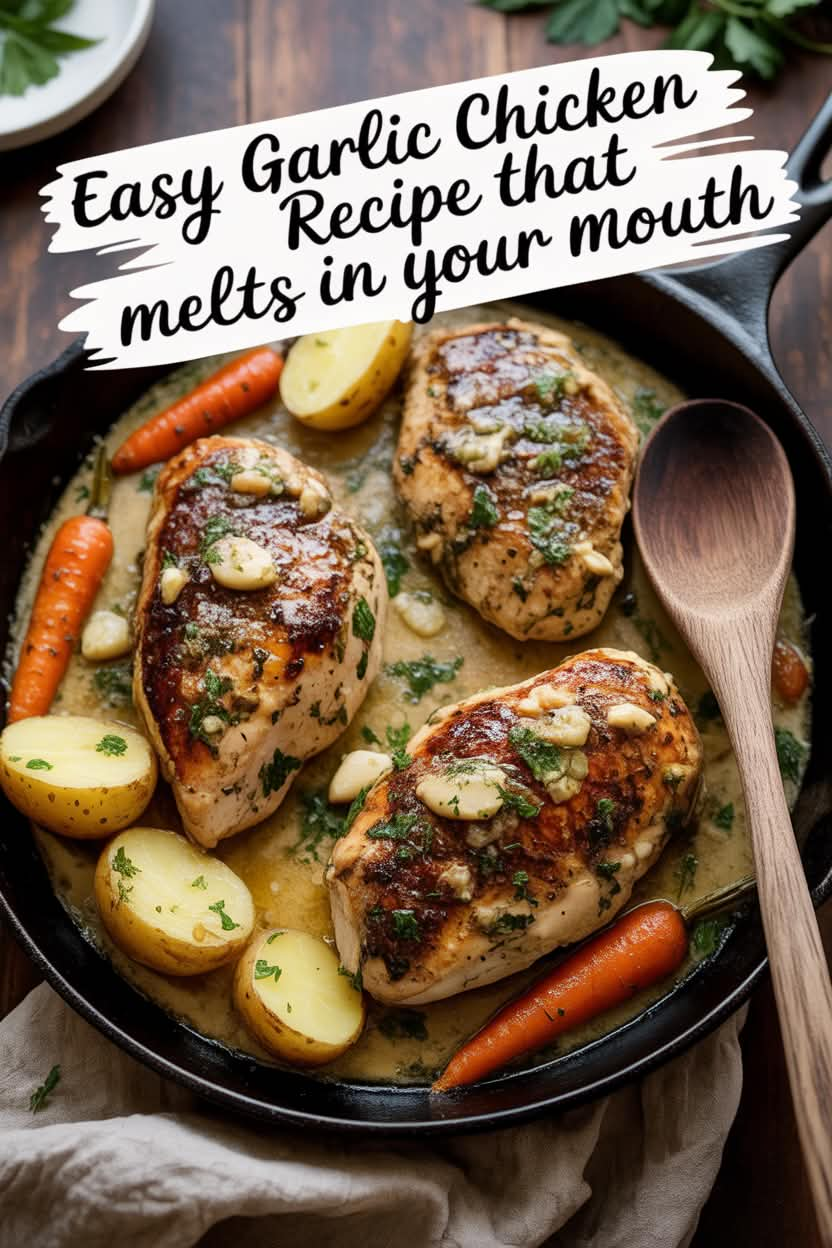40 Stylish Hallway Ideas That Will Transform Your Home’s First Impression
Looking for hallway inspiration? Discover 40 expert hallway design ideas to make your entrance brighter, smarter, and more stylish. From storage hacks and lighting tricks to bold colour palettes and runners, here’s how to transform your hallway into a space worth showing off.











